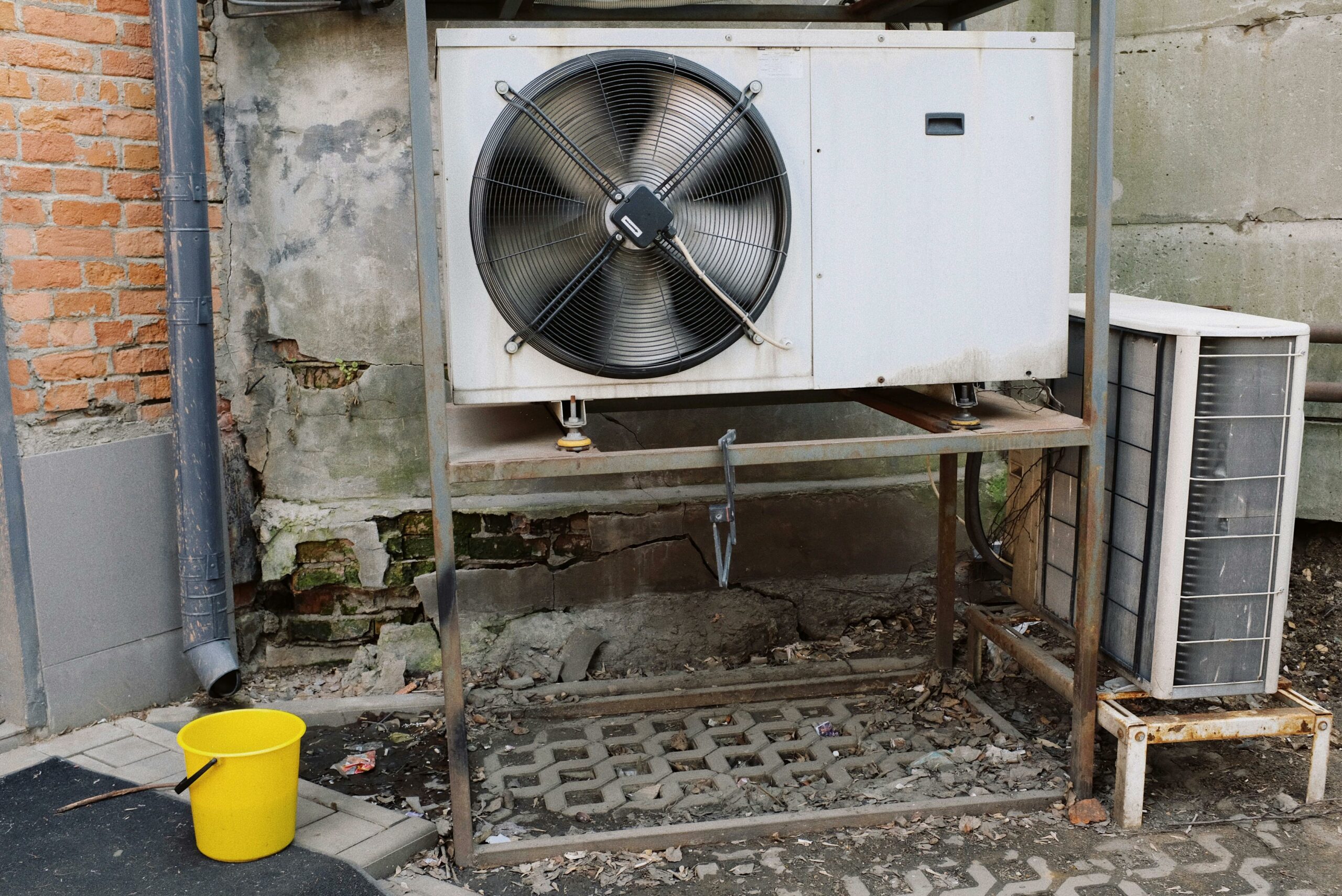The main reasons for machine vibration can vary, typically stemming from the back-and-forth movement or oscillation of machinery and its components. While some equipment, like oscillating sanders and vibratory tumblers, rely on vibration for operation, others, such as internal combustion engines and gear drives, experience it as a byproduct of their functioning.
Mechanical equipment is usually designed to minimize vibration rather than create it. This discussion focuses on equipment specifically engineered to reduce vibration.
If left unaddressed, vibration can indicate underlying problems and potentially cause damage or increased wear. Imbalance, misalignment, wear, and looseness are common factors contributing to vibration.
Imbalance occurs when a rotating component has a “heavy spot,” leading to centrifugal force and subsequent vibration. This imbalance can result from manufacturing defects or maintenance issues like dirty fan blades. As machine speed rises, imbalance effects become more pronounced, leading to decreased bearing life and increased machine vibration.
Misalignment, whether angular or parallel, causes vibration when machine shafts are not correctly aligned. This misalignment can happen during assembly or develop over time due to factors like thermal expansion or improper maintenance.
Wear in components such as bearings, drive belts, or gears can also cause vibration. For example, pitting in roller bearing races or chipped gear teeth can result in noticeable vibration during operation.
Looseness in vibrating components, caused by factors like loose bearings or improper mounting, can worsen vibration and lead to further damage if ignored.
Vibration not only accelerates machine wear and consumes excess power but can also lead to unplanned downtime and safety hazards. However, when analyzed correctly, vibration serves as a valuable indicator of machine condition, enabling proactive maintenance to prevent potential damage.
Understanding vibration characteristics like direction, amplitude, and frequency is crucial for maintenance technicians to distinguish between normal and abnormal vibration. Tools like the Fluke 810 Handheld Vibration Tester enable quick and reliable diagnosis of vibration-related issues, helping maintenance professionals identify root causes and determine the need for service or repair.
The Fluke 810 bridges the gap between complex vibration analyzers and simpler vibration pens, offering diagnostic capabilities similar to high-end analyzers with the convenience and affordability of lower-end testers. With its ability to detect common mechanical problems, provide plain-text diagnoses, and test a wide range of equipment, the Fluke 810 equips maintenance technicians with the necessary tools to keep mechanical systems running smoothly and facilities productive.






















